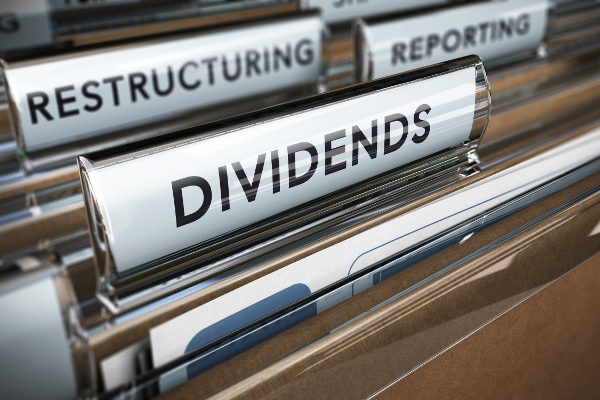What does history teach us about the wave of dividend cuts?
The world is currently braced for a cut to dividend payments of somewhere between 25% and 50% when compa…
21st May 2020 09:36
by Tom Bailey from interactive investor
The world is currently braced for a cut to dividend payments of somewhere between 25% and 50% when compared with 2019. That is extreme by historic standards.

It should not surprise investors that many companies are cutting or suspending their dividend this year.
Countries around the world are facing severe recessions, and as a result many companies feel the need to hold back all or some of the capital they had previously planned to hand over to shareholders. This is what we should expect in a recession.
However, any investor with the sense that dividend cuts are worse this time around than in previous recessions would be correct.
The world is currently braced for a cut to dividend payments of somewhere between 25% and 50% when compared with 2019.
- How one income fund has managed to dodge all the dividend cuts
According to Duncan Lamont, head of research and analytics at Schroders, cuts on such a scale are a rare occurrence in history.
Looking at historical S&P 500 data, Lamont says that there has only been one other period when dividend cuts exceeded 20% in the post-WW2 period: the great financial crisis of 2008.
Lamont defines periods when dividend payments fall by more than 20% as “dividend bear markets.” Taken over the past 150 years, there have been only six dividend bear markets.
In contrast, there have been 16 occasions when the market saw total returns fall by 20% or more. Lamont notes: “We are truly living in exceptional times.”
He also says that the past 150 years of data show us that dividend bear markets tend to take longer to recover: “Although dividend bear markets have been less frequent, the painful news for investors seeking attractive dividends is that they have historically lasted much longer than those for total returns (growth and income): 4.8 years compared with 1.5 years, on average (or 3.5 years compared with 1.3 years in the median case).”
Lamont puts this differential down to the fact that share prices are often forward-looking, reacting in anticipation of economic improvements. Dividends, in contrast, do not start going back up until the companies’ financials actually start to improve.
However, there are some reasons to be hopeful for a quicker recovery. Lamont notes that the September 2008-March 2010 dividend bear market was relatively short compared with others.
As was the case then, he says: “Dividend cuts [on this occasion] have been fast, comprehensive, and relatively indiscriminate. This has not been a drawn-out episode.”
Lamont argues that this suggests although the severity of the dividend bear market is harsh by historic standards, it may also be shorter than average. “It could be more like the 2008-10 experience than those of more distant years,” he says.
However, there are several reasons to be sceptical. Lamont points out that while we will start to see the easing of lockdown restrictions, we are unlikely to see a return to “business as usual” any time soon.
“This is likely to constrain the appetite and ability for dividends to rebound, at least in the near term,” he says.
On top of that, Lamont notes that companies that have received bailouts may be less likely to restore dividends any time soon. “Those in receipt of government support may be prevented from paying dividends, or find it politically unpalatable to do so,” he observes.
This article was originally published in our sister magazine Money Observer, which ceased publication in August 2020.
These articles are provided for information purposes only. Occasionally, an opinion about whether to buy or sell a specific investment may be provided by third parties. The content is not intended to be a personal recommendation to buy or sell any financial instrument or product, or to adopt any investment strategy as it is not provided based on an assessment of your investing knowledge and experience, your financial situation or your investment objectives. The value of your investments, and the income derived from them, may go down as well as up. You may not get back all the money that you invest. The investments referred to in this article may not be suitable for all investors, and if in doubt, an investor should seek advice from a qualified investment adviser.
Full performance can be found on the company or index summary page on the interactive investor website. Simply click on the company's or index name highlighted in the article.